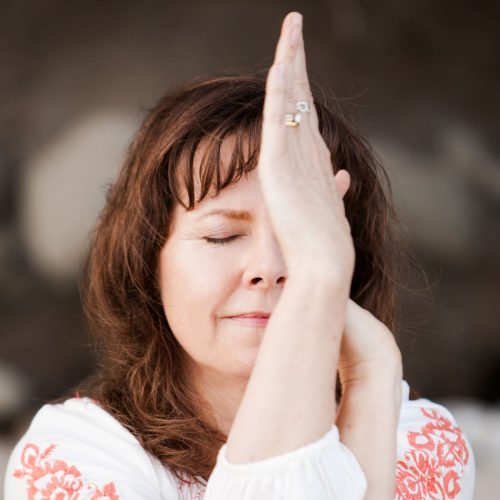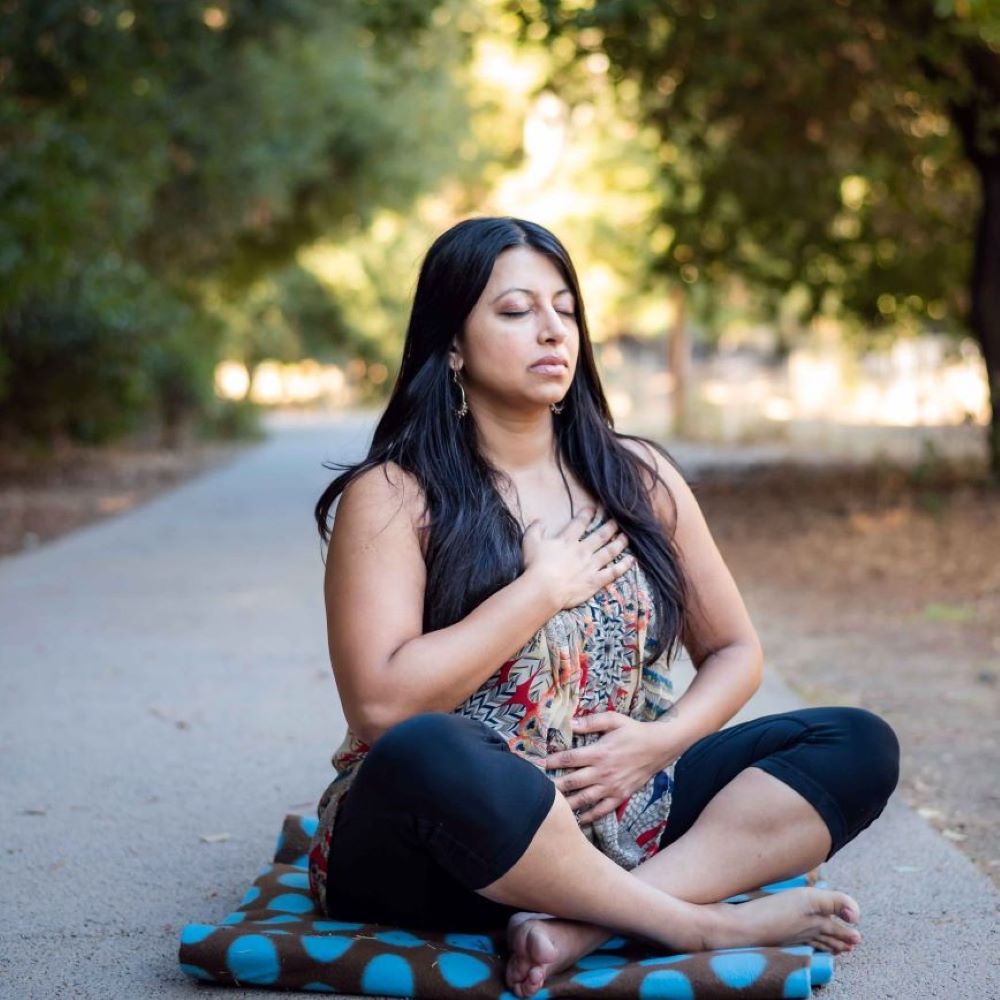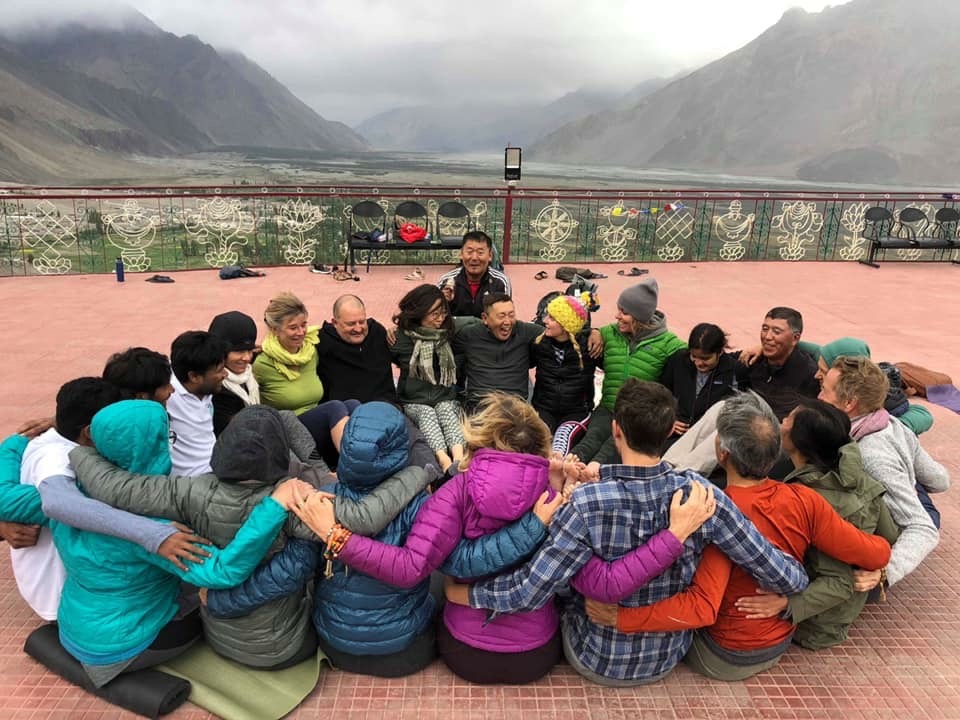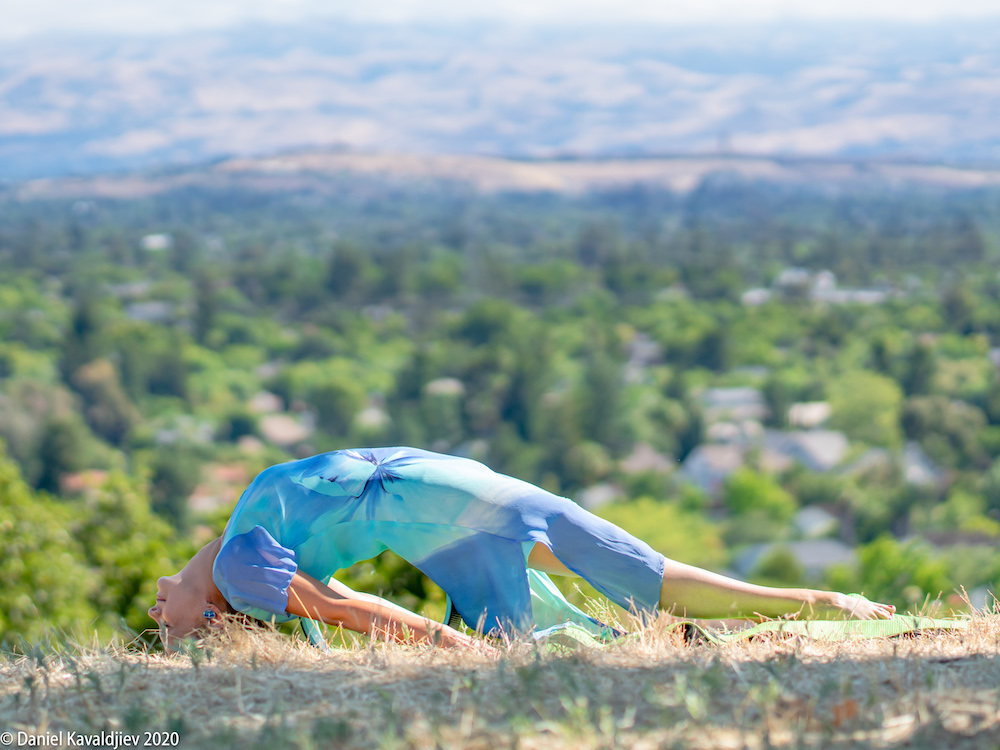Having healthy boundaries is important for our own well-being, however, creating solid boundaries can be challenging, even when life is going well. Then, what happens to our boundaries when the wheels fall off the tracks and we find ourselves going through a traumatic situation? Just getting through the day can be difficult. Due to the strong and intense emotions we are feeling, making the determination of what’s supportive for us may not even be on our radar. When we are in emotional distress, rational thinking often goes out the window because our body is in survival mode.
After a serious life interruption last year, I took a long and hard look at what healthy boundaries meant to me. When bad things happen (especially during an ongoing situation) we can feel like we have no control over anything in our life. The loss of control can create a sense of uncertainty, fear, and anxiety. While I was going through my experience and subsequent recovery, I found that creating strong, internal and external boundaries gave me the stability I was looking for. If I wasn’t able to control certain aspects of my life, I certainly could put supportive parameters in place and give myself permission to determine how I would interact with myself and others. This allowed me to take my life back and gave me the structure I needed to get through my situation.
Understanding our boundaries, or looking at what we need to heal, allows us the opportunity to look within and ask the question, “What do I need right now that will support me?” If we don’t acknowledge our boundaries, resentment, martyrdom, lack of self-esteem, and disharmony can build within ourselves, as well as our relationships with others. Boundaries allow us to clearly express our needs and when those needs are met, begin the path to healing. And, it’s important to understand that internal boundaries are as important as external boundaries.
Here are five boundaries to consider when in recovery:
- Say “no.” Saying no to others can be difficult, but is sometimes necessary if it helps us conserve energy or recharge.
- Listen to your internal dialogue. Each morning, ask yourself, “What do I need today that will support me?” Is it yoga or meditation? Walking in nature? Determine what you need, then do it. Commit to and honor your self-care regimen.
- Eliminate negative self-talk. Practice using a daily mantra or affirmation, and especially when thoughts about the situation begin to overwhelm you. Give your mind a job so it doesn’t go off into negative, internal chatter.
- Seek help. If you need support, get it from friends, community, or a trusted therapist.
- Eliminate triggers. Remove (permanently or temporarily) anything in your control that’s triggering, including people who zap your energy.
Creating boundaries can enhance your resiliency and shorten your recovery time. They keep us in touch with our heart and authenticity. When that happens, we are well on our way to healing and living our best life.















One reply on “5 Boundaries to Consider When You’re Healing”
Thoughtful, spot on, supportive and beautiful🙏